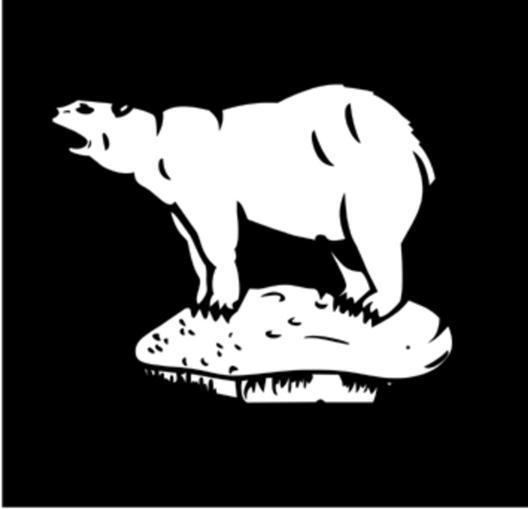Active 1914–19191944–1946 | ||
 | ||
Part of 19th (Western) Division49th (West Riding) Infantry Division | ||
The 56th Infantry Brigade was an infantry brigade of the British Army that saw active service in both World War I and World War II.
Contents
First World War
The 56th Brigade was raised soon after the outbreak of the Great War in September 1914 from men, mainly from Lancashire and Northern England, volunteering for Kitchener's New Armies. The 56th Brigade was assigned to the 19th (Western) Division and served on the Western Front from 1915 and was disbanded after the war. The brigade saw service at the Battle of Loos in late 1915, and at during the Somme offensive, at Albert and Pozières and later at Messines in June 1917, Third Ypres and, in 1918, at Sambre, part of the Hundred Days Offensive.
Order of battle First World War
Second World War
During the Second World War the 56th Independent Infantry Brigade was reformed in the United Kingdom on 15 February 1944. The brigade consisted of three Regular Army infantry battalions that had all seen service overseas: the 2nd Battalion, South Wales Borderers (which fought in the Norwegian Campaign), 2nd Battalion, Essex Regiment and 2nd Battalion, Gloucestershire Regiment (which both fought at the Battle of Dunkirk).
The 56th Brigade took part in the D-Day landings on 6 June 1944, as part of the Allied invasion of Normandy, where it formed the right flank of the 50th (Northumbrian) Infantry Division on Gold Beach. It remained attached to the 50th Division until 10 June, after which it was attached to the 7th Armoured Division until 12 June, then reverting to 50th Division and came under command of the 59th (Staffordshire) Infantry Division in early August 1944. It was eventually permanently attached to the 49th (West Riding) Infantry Division on 20 August 1944 for the rest of the Second World War.
The 56th Brigade took part in the Normandy landings, liberated Bayeux on 7 June leaving the town mainly intact. All its battalions were involved in the taking of Tilly-sur-Seulles with 2 Essex finally investing the town. Later actions were north of St Germain d'Ectot and the liberation of Thury-Harcourt in the Suisse Normande. It was prominent in the drive towards Le Havre and the 49th was one of the assault divisions taking the city in Operation Astonia in September 1944. Continuing to fight in Belgium at Poppel and then the Netherlands it was the assault brigade for the final assault on Arnhem in April 1945. The 56th served well, and ended the war in Germany. The division came mainly under command of First Canadian Army throughout the campaign.
Order of battle Second World War
Commanders
Post Second World War
The 56th Brigade was reformed in January 1987 within London District and comprised mostly Guards Public duties battalions. It was seen as the successor of the London Divisions of the First and Second World Wars. It was disbanded in 1993.
